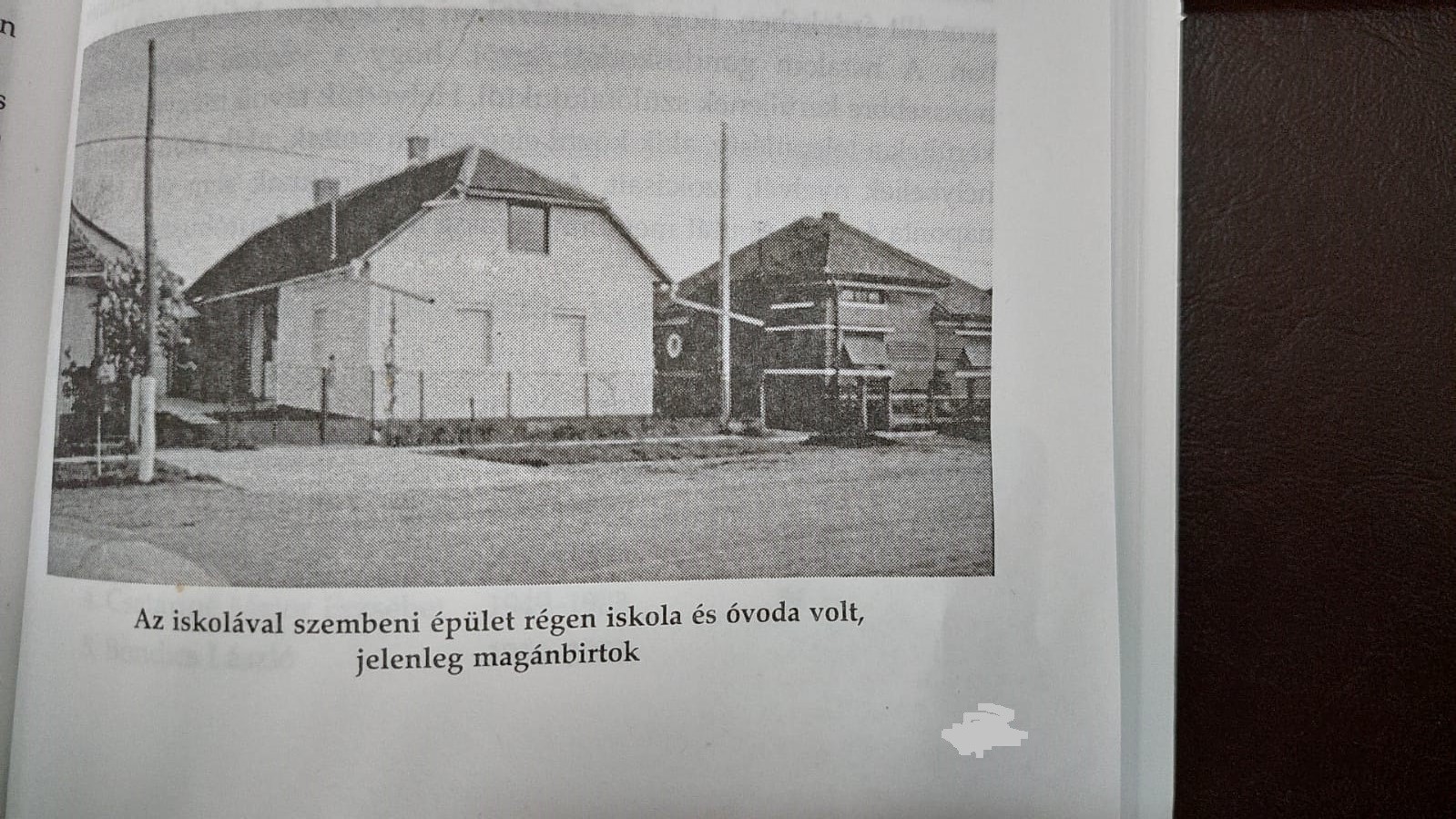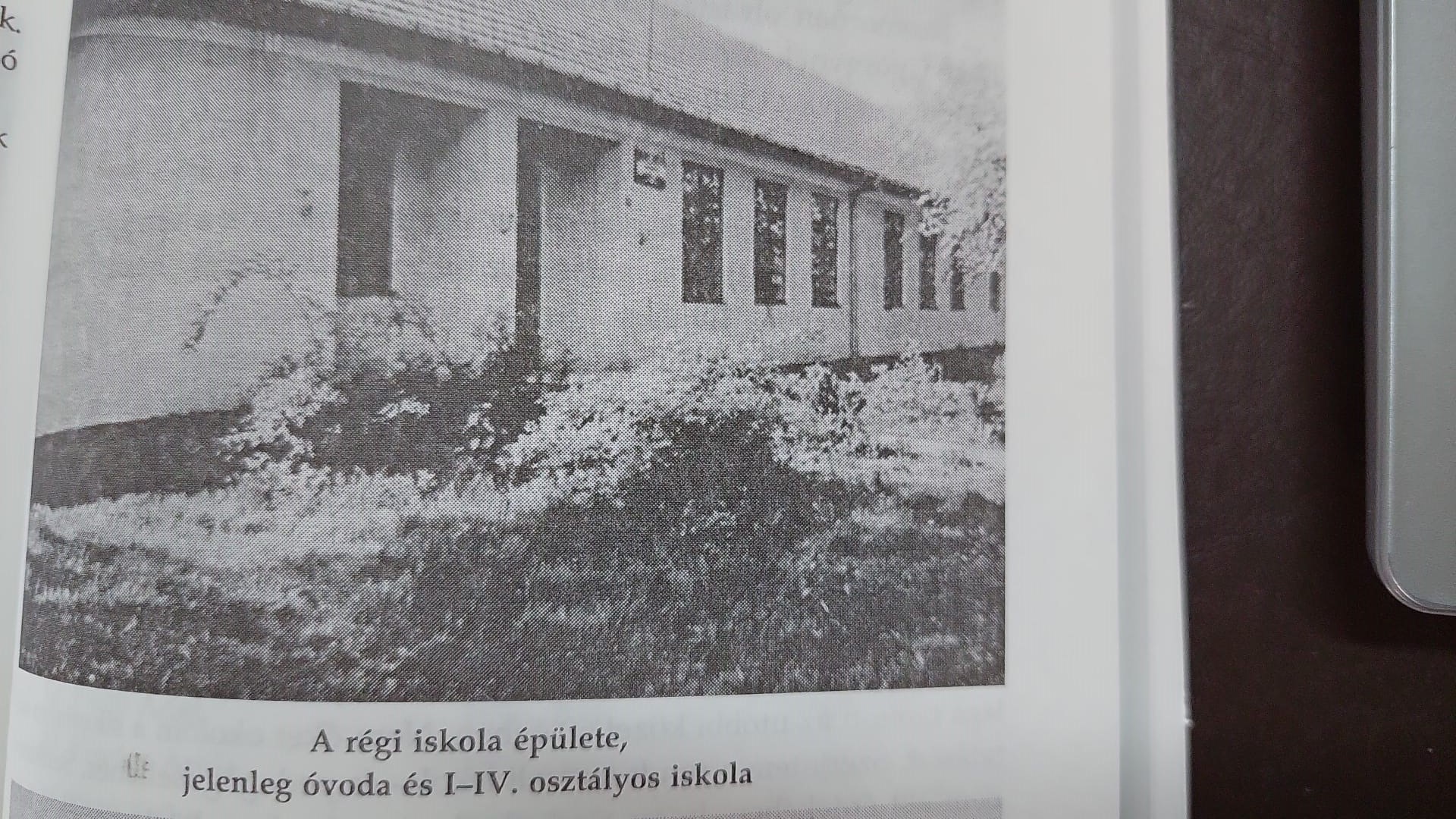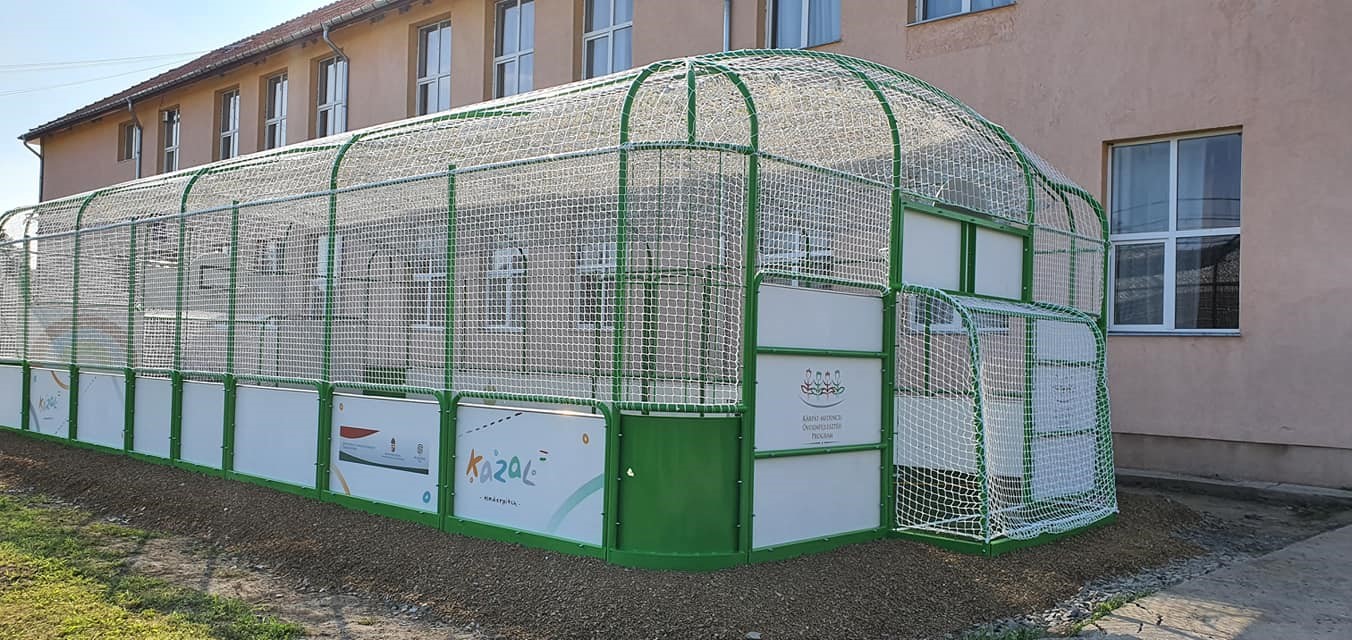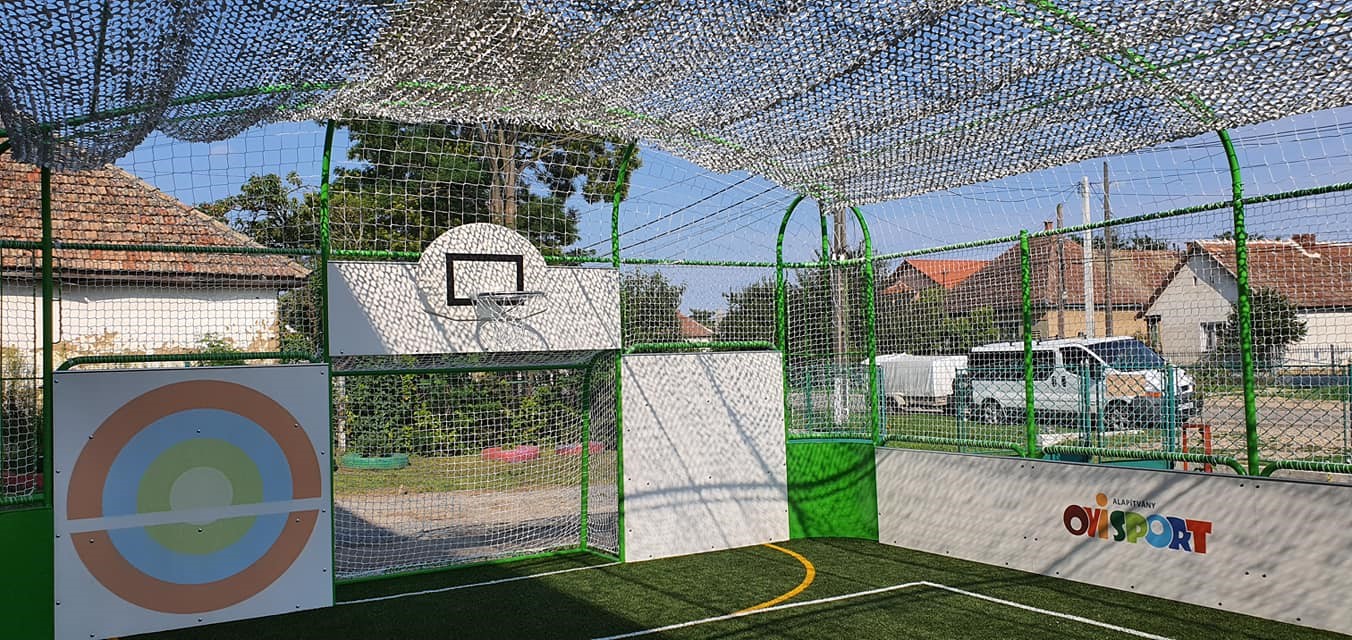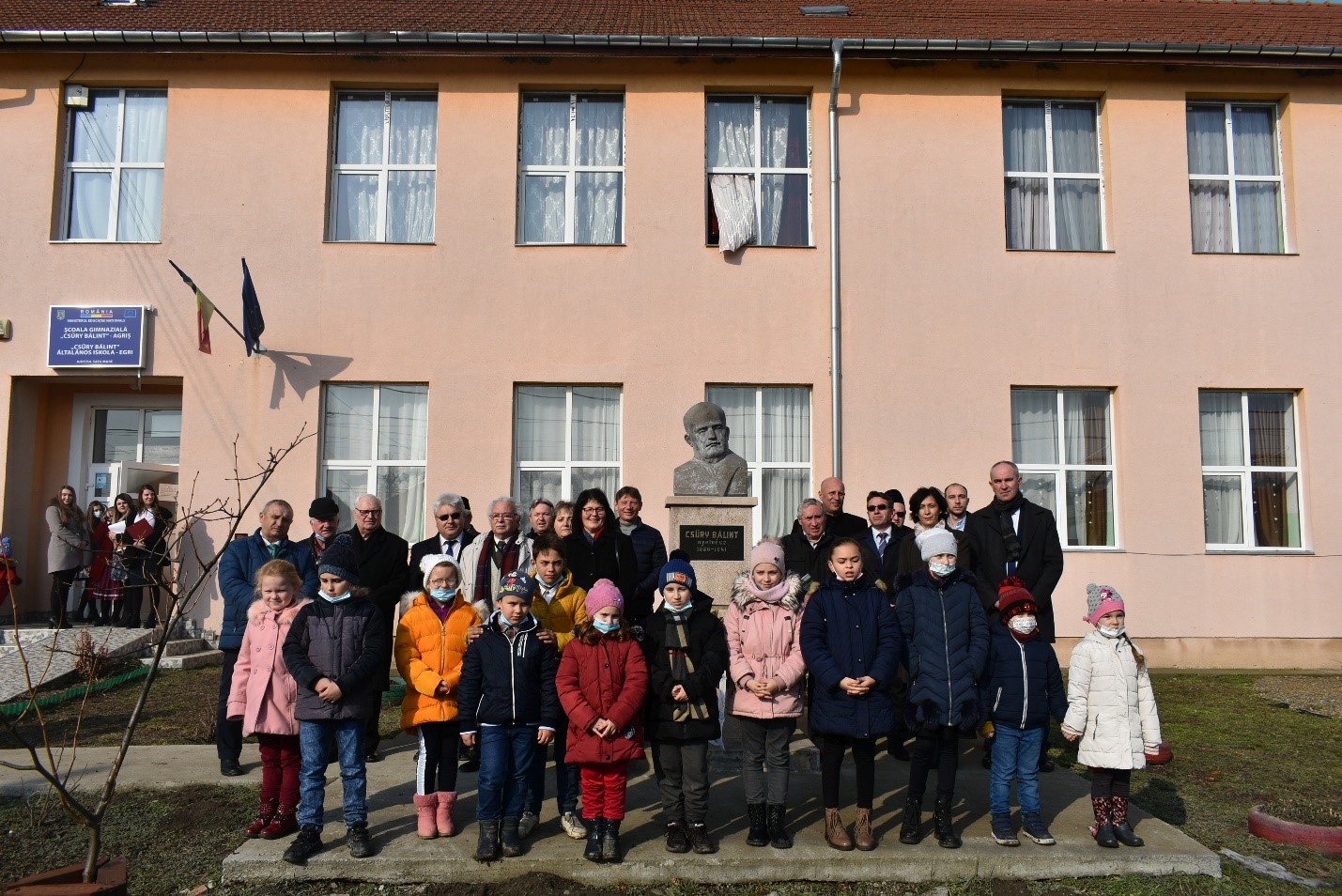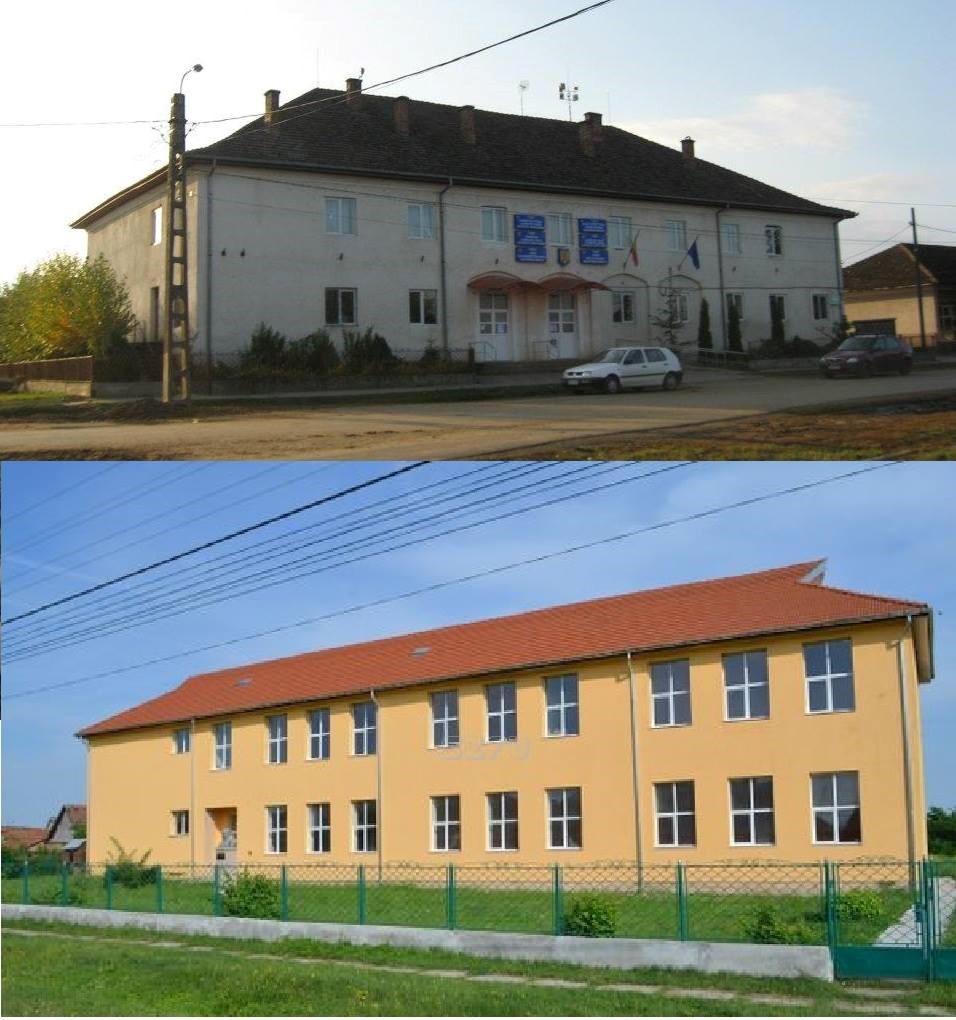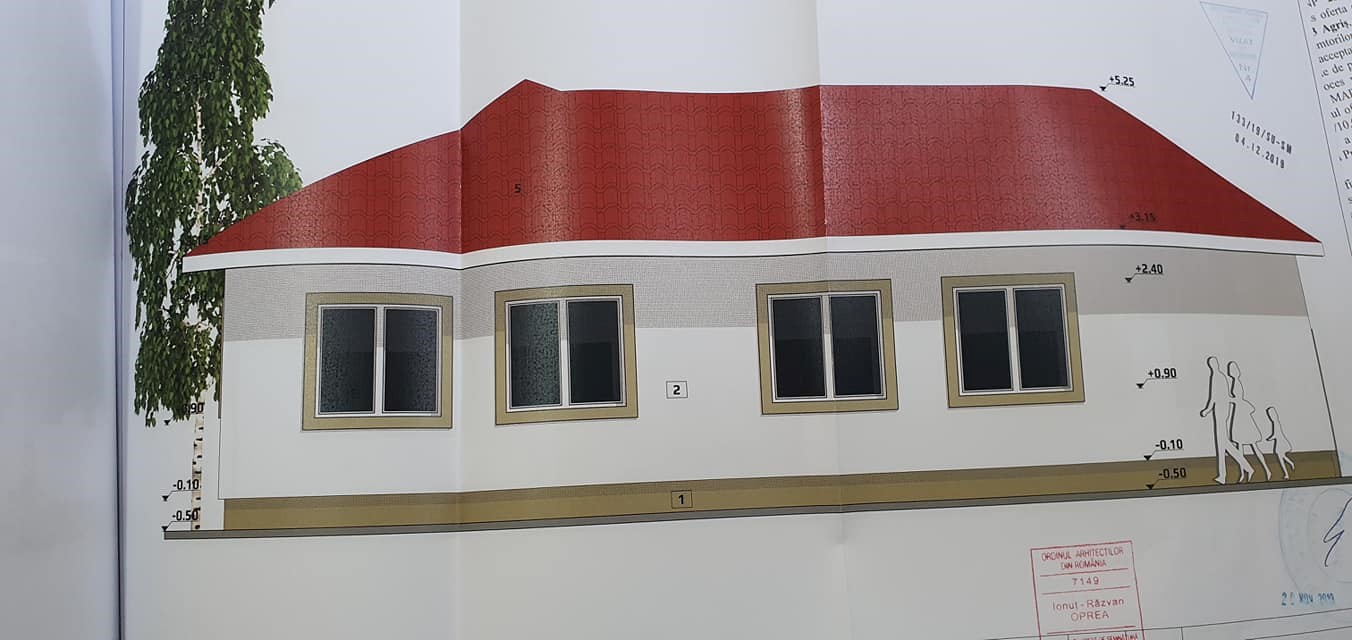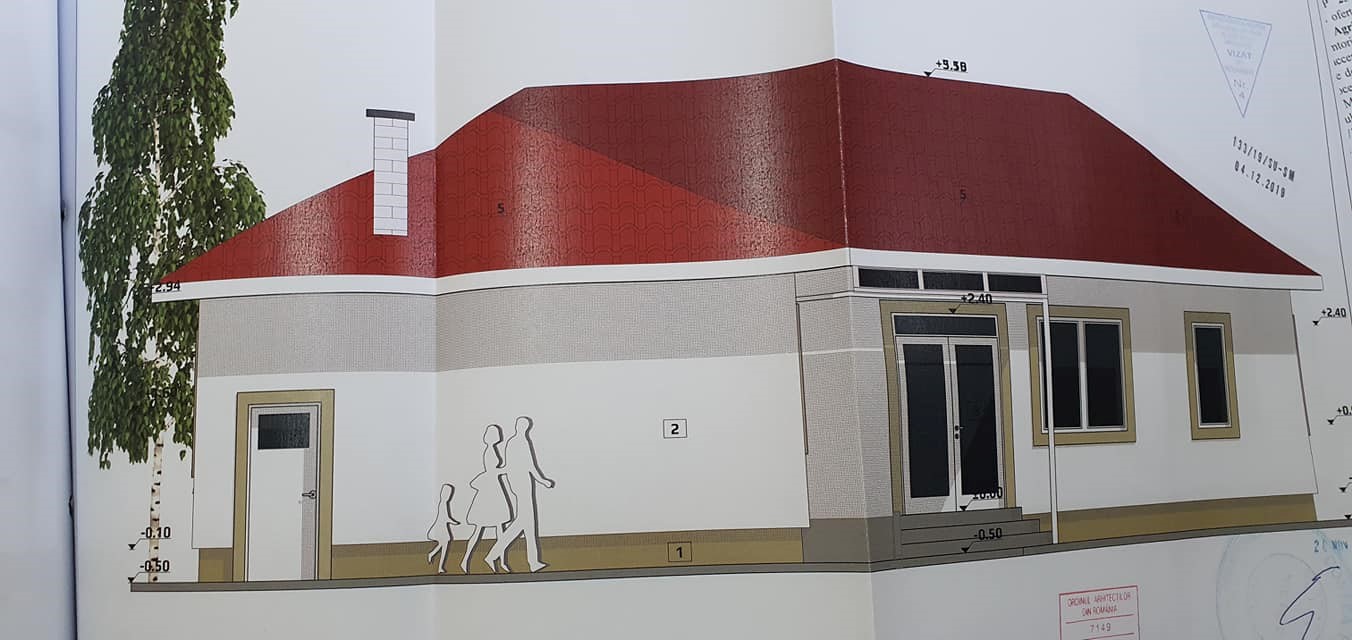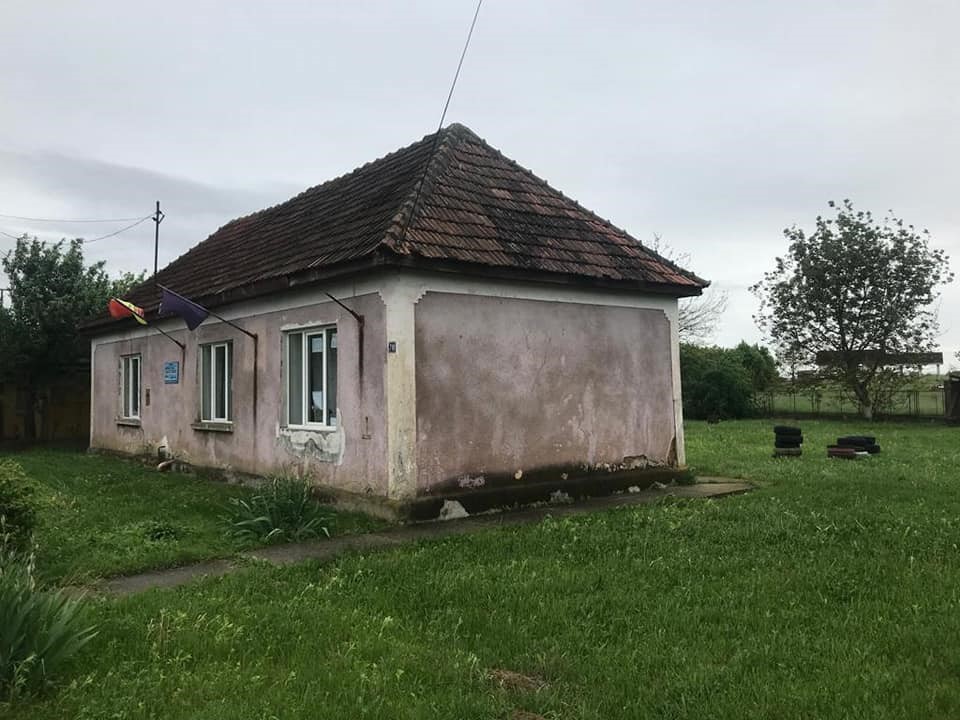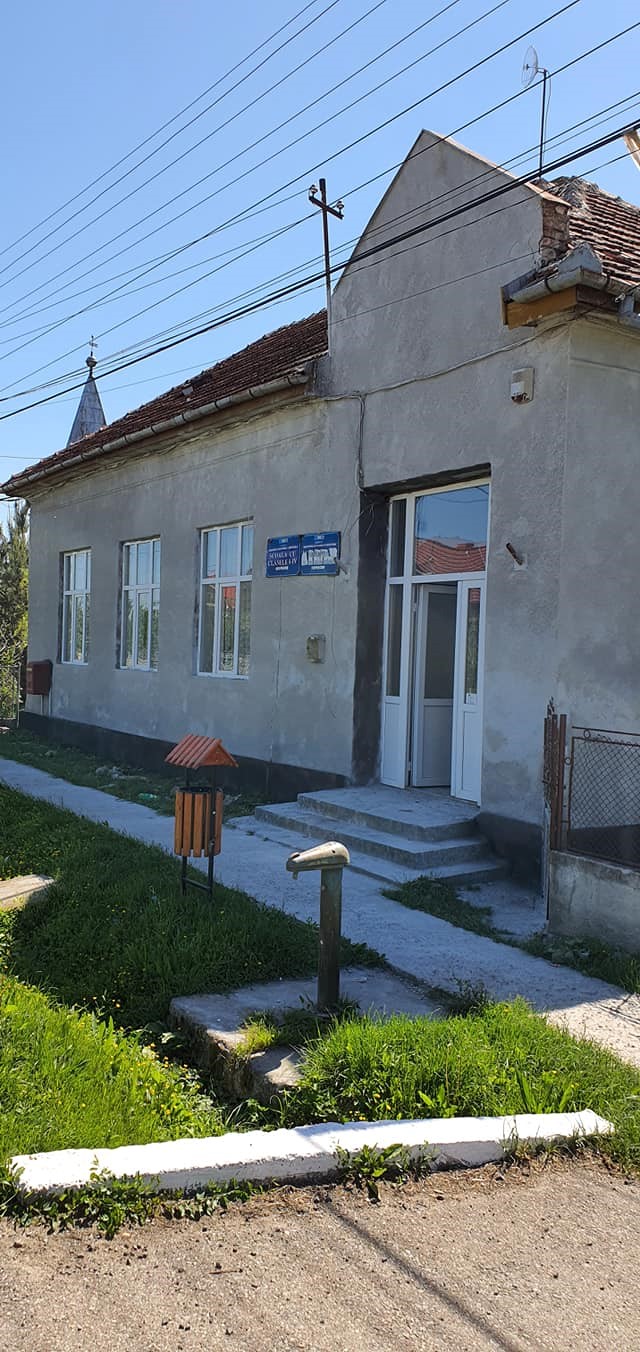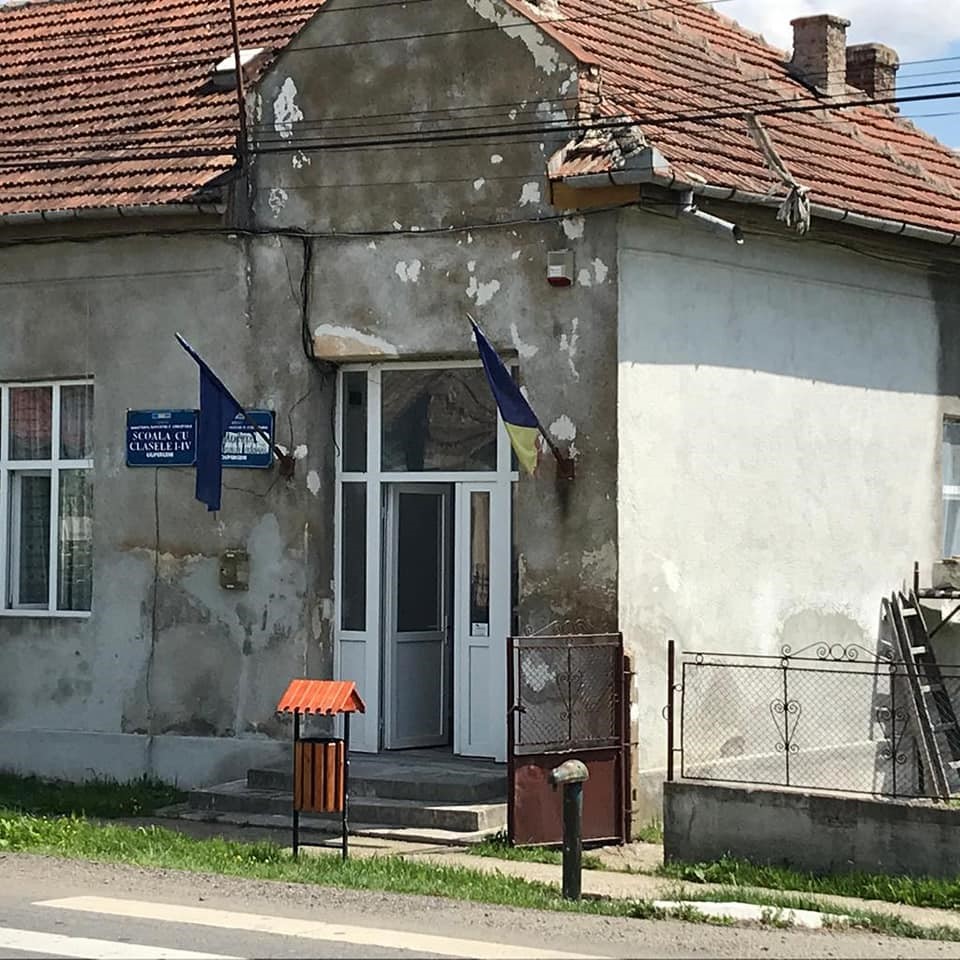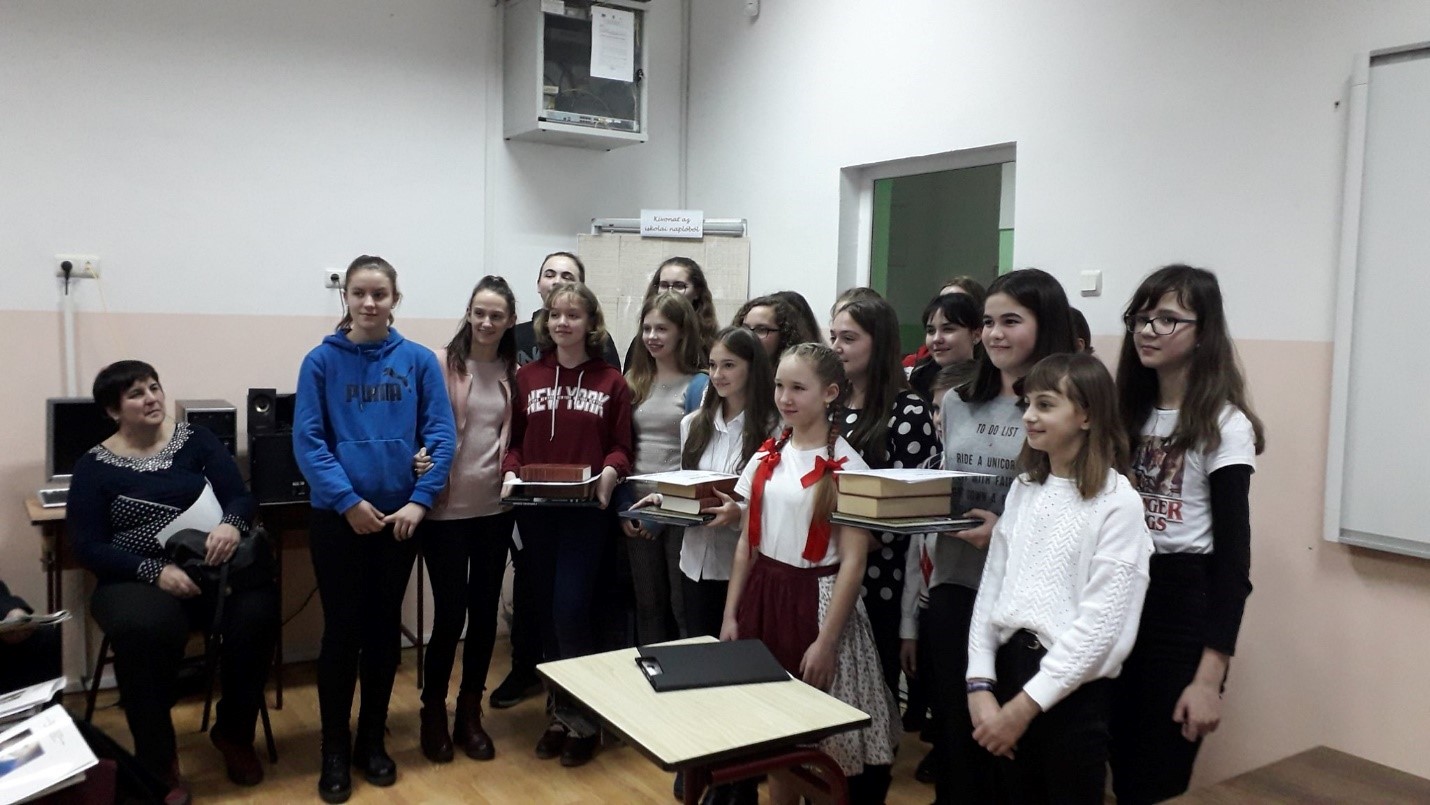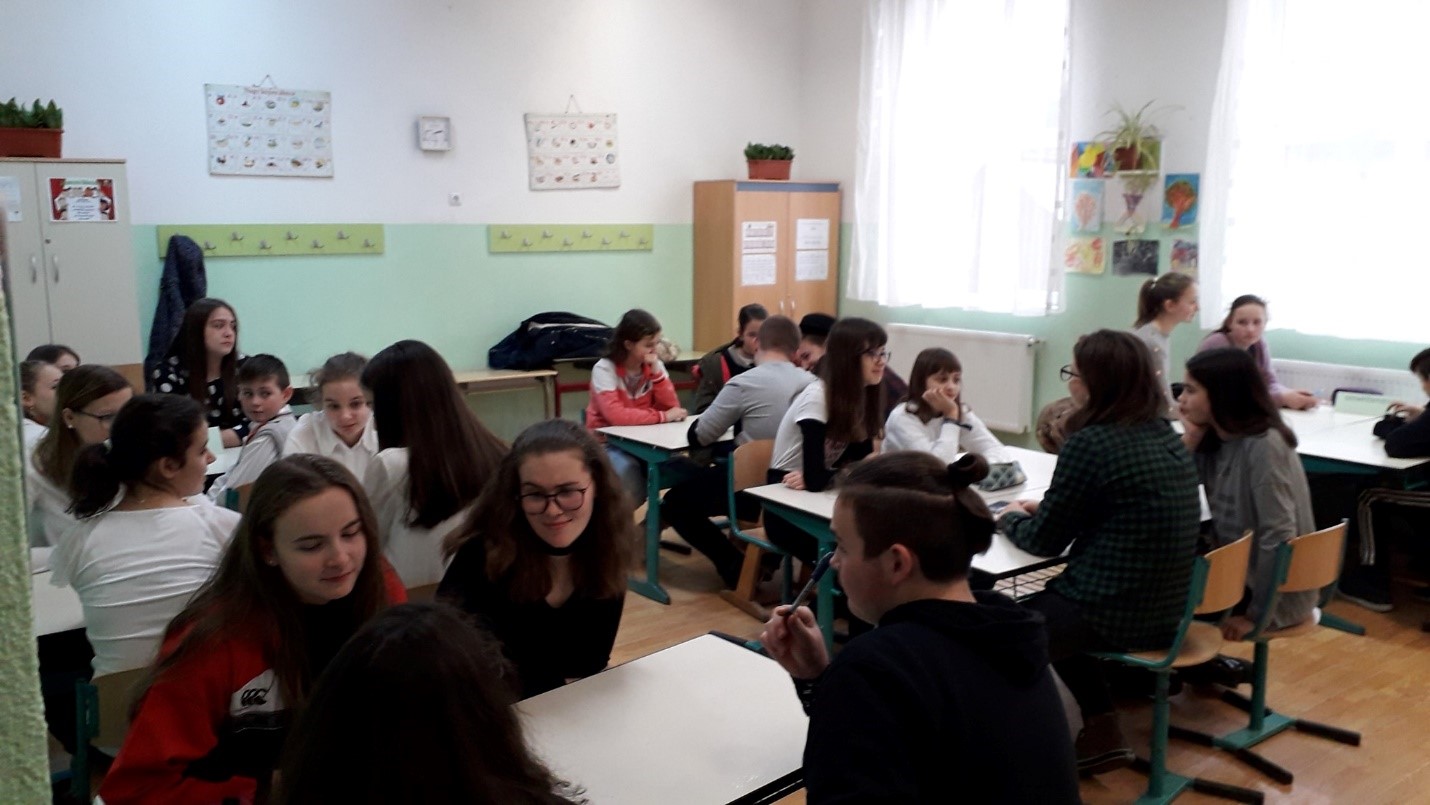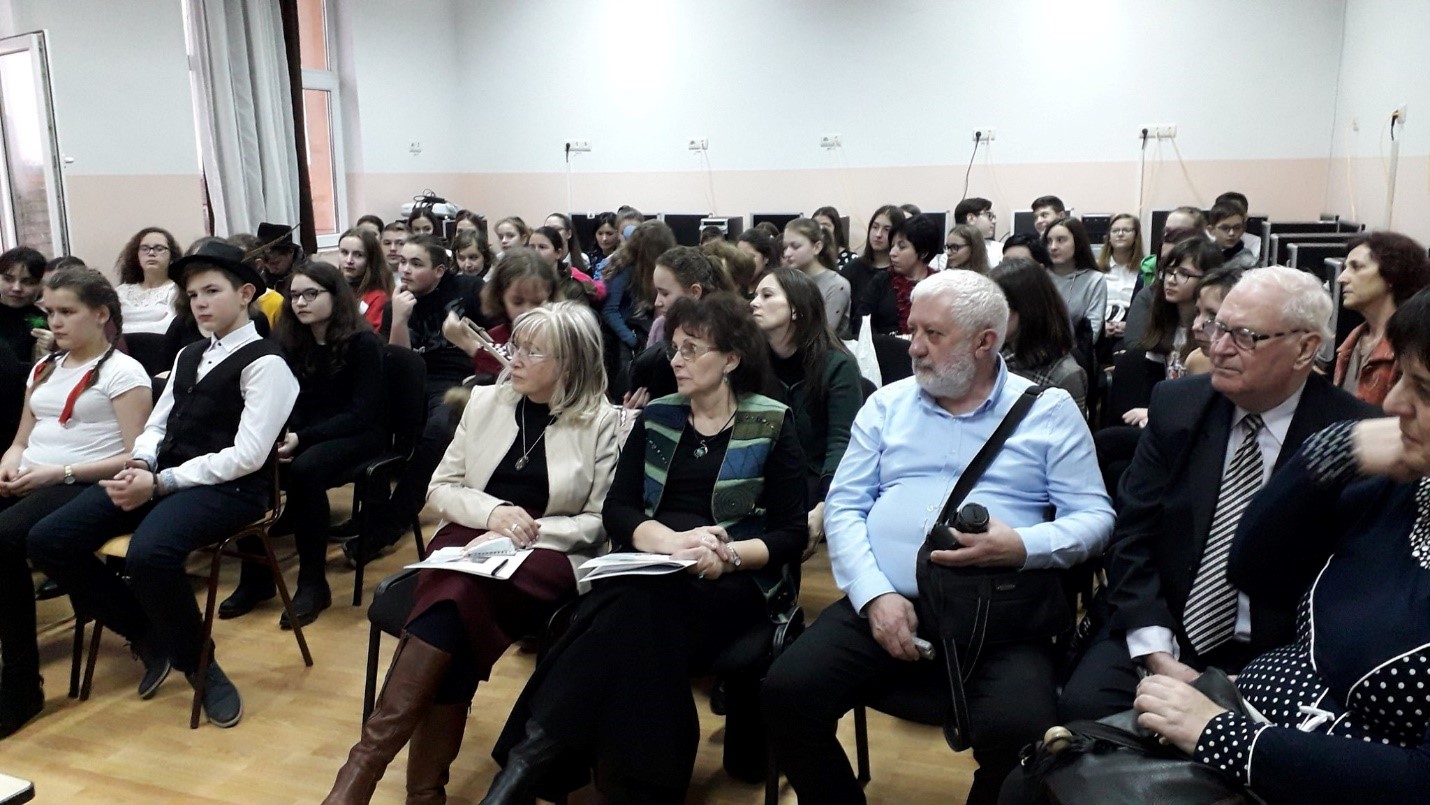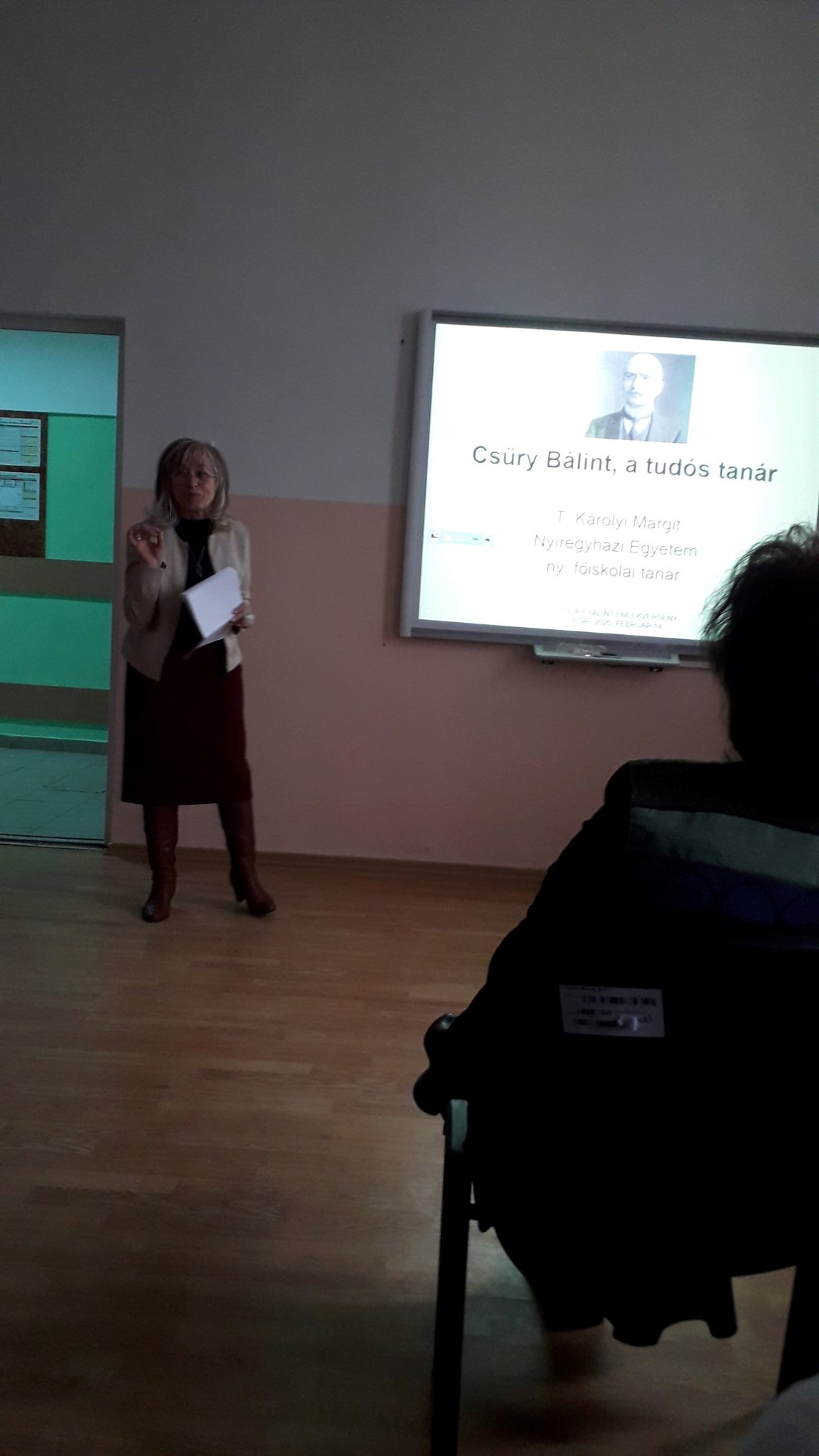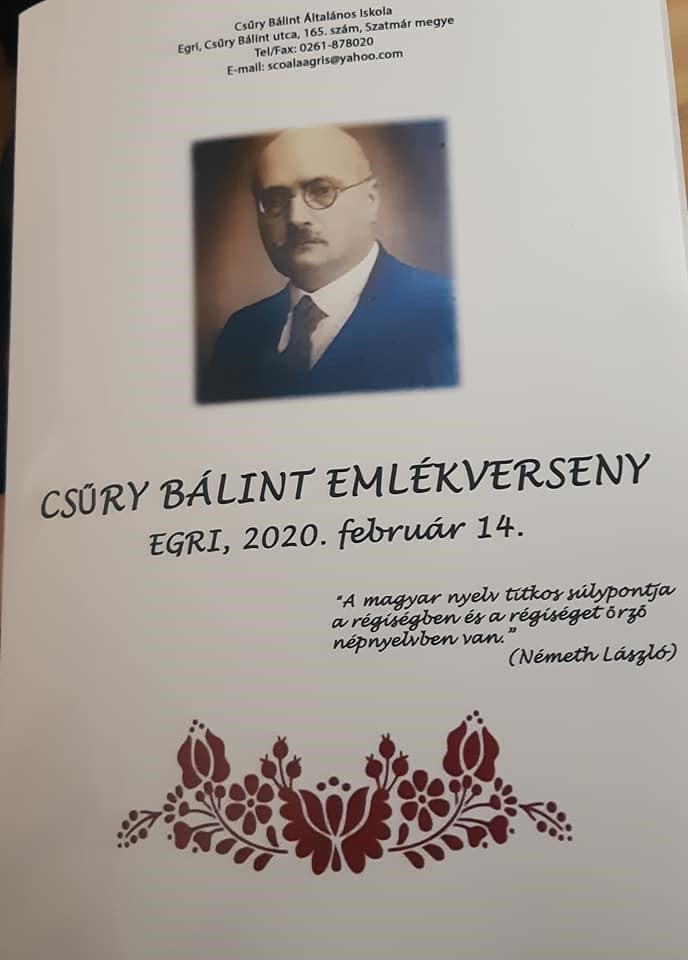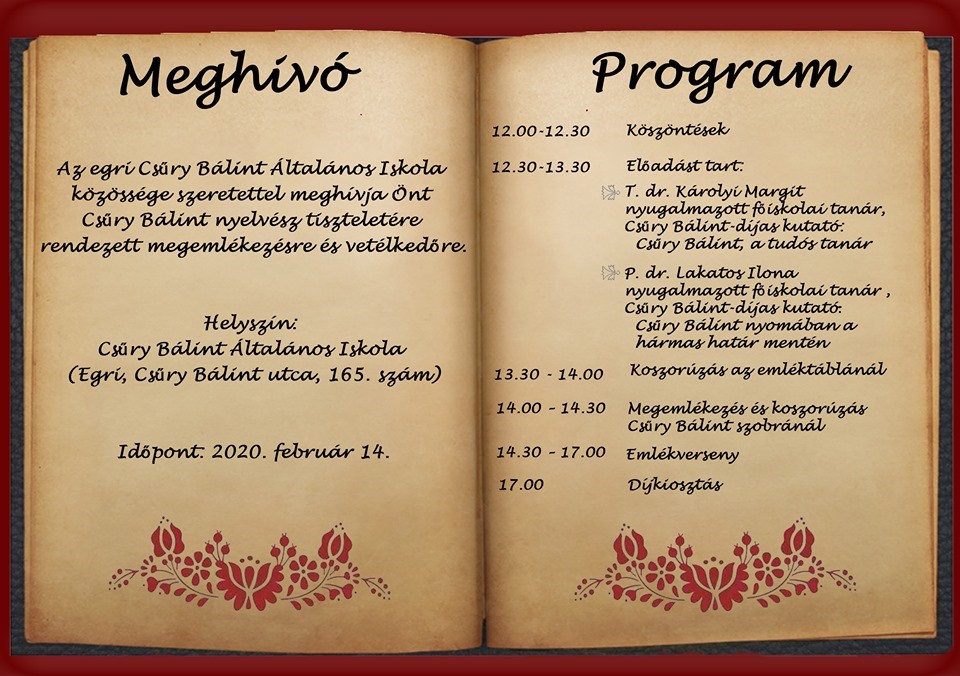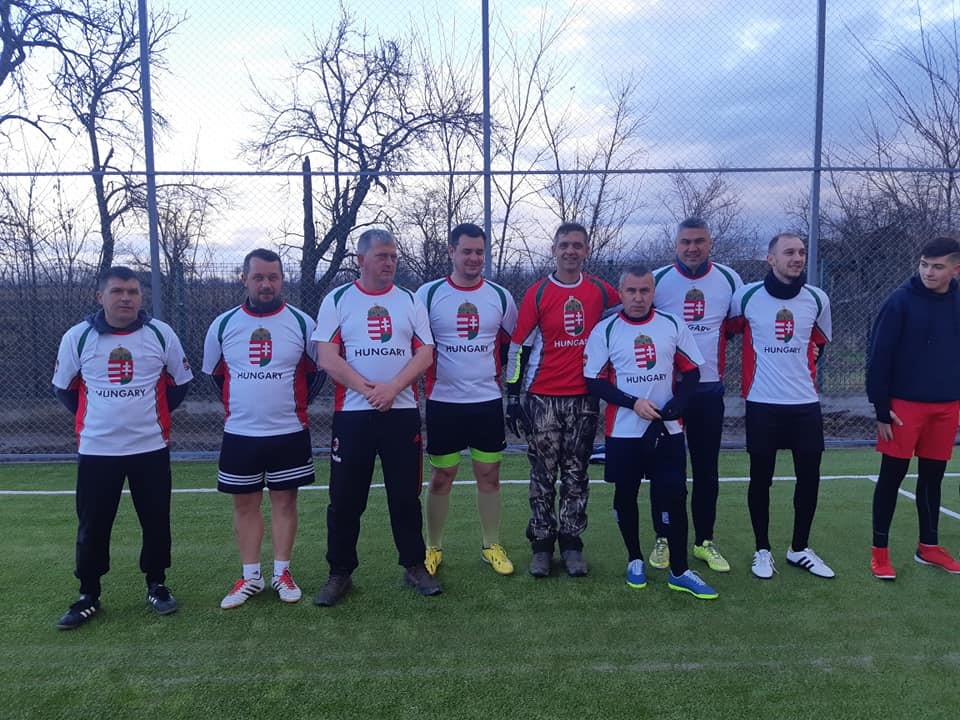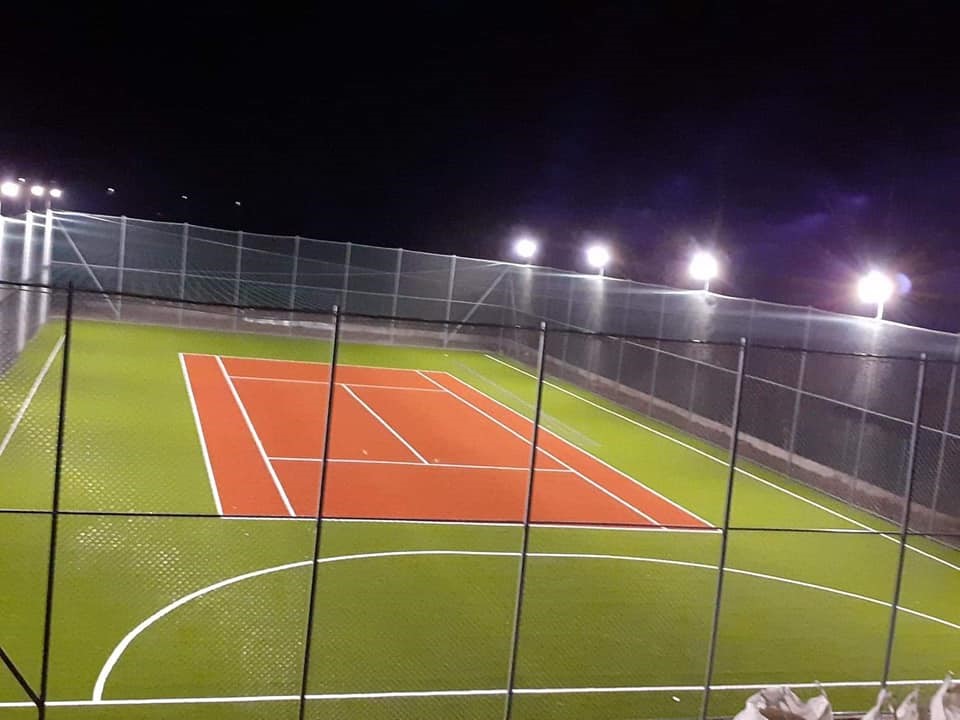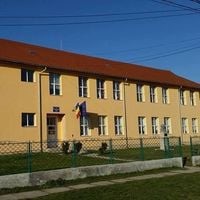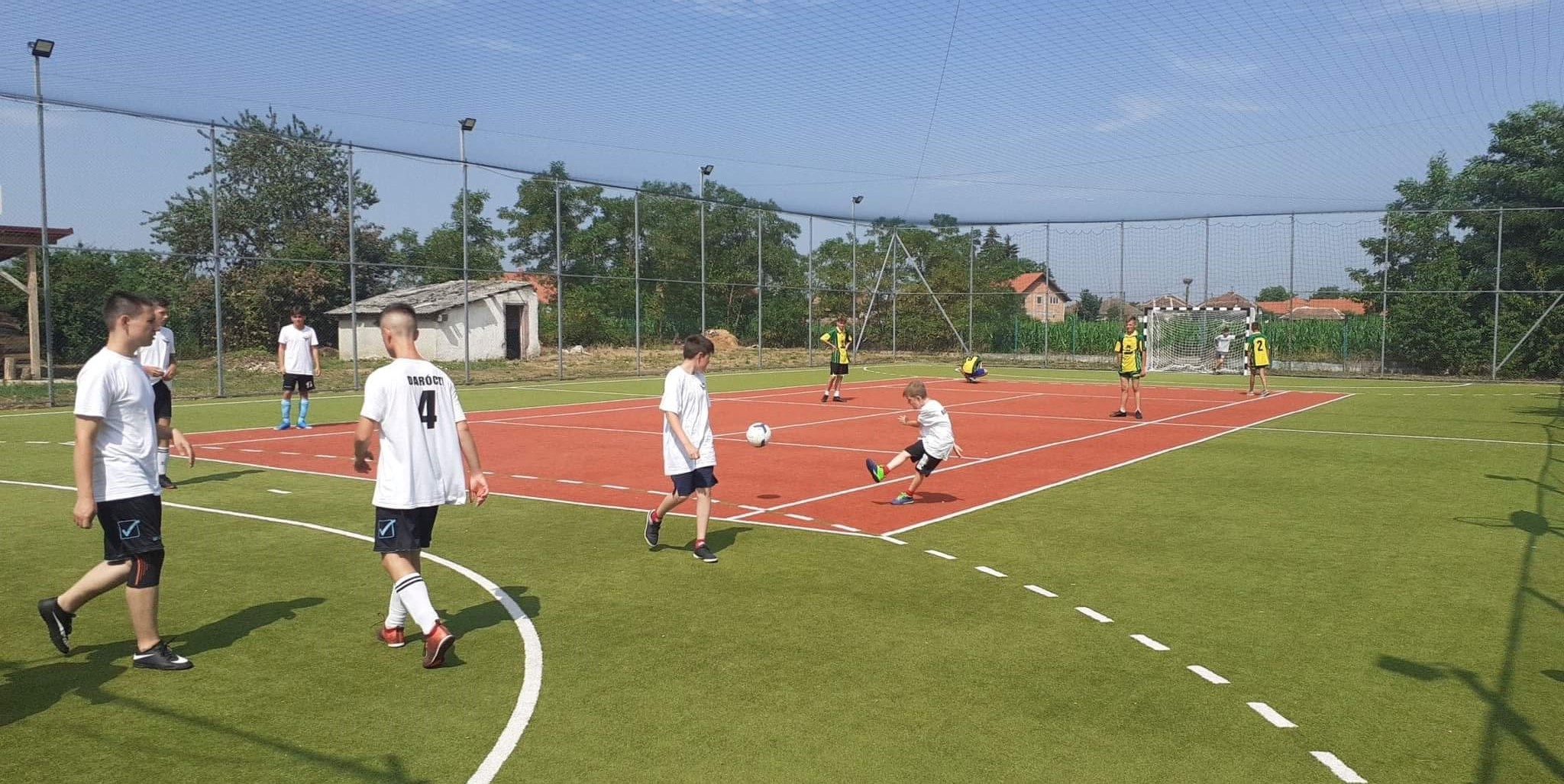In the 13th and 14th centuries, schools were established in Satu Mare County alongside churches.
During the Reformation, the first elementary schools were established, where priests taught.
In the late 18th and early 19th centuries, teaching became an independent intellectual occupation.The first “rector” was recorded, in the person of Sándor Nagy, a young man from Csaholci, who became rector in Agriș in 1776.János Kádár became a teacher on 16 June 1861, retired in 1905, and died here in 1915.
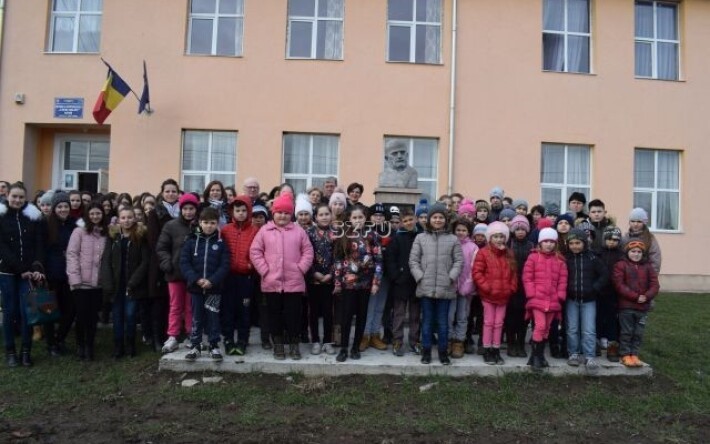
In the 13th and 14th centuries, schools were established in Satu Mare County alongside churches.
During the Reformation, the first elementary schools were established, where priests taught.
In the late 18th and early 19th centuries, teaching became an independent intellectual occupation.The first “rector” was recorded, in the person of Sándor Nagy, a young man from Csaholci, who became rector in Agriș in 1776.János Kádár became a teacher on 16 June 1861, retired in 1905, and died here in 1915. After 1867, during the time of minister Baron József Eötvös, education increased in Hungary, and in 1868 the Law of Public Education appeared.They urge the education of children in every locality, the good maintenance of school buildings, and the equipping of classrooms.
During the period when the current school was extended with one floor, grades V-VIII were located in the upper part of the current town hall. In September 2016, the school moved back to its designated location, where education still takes place.The schoolyard was equipped with an artificial grass soccer field and a mini soccer field for kindergarten children. A statue about Bálint Csűry can be found near the main entrance. In the schools in Ciuperceni and Agrișu-Nou, pupils learn on Romanian language. Both schools were renovated.
The school in Agrișu-Nou will receive a completely new building, in which there will be a festive hall in addition to the classrooms.


